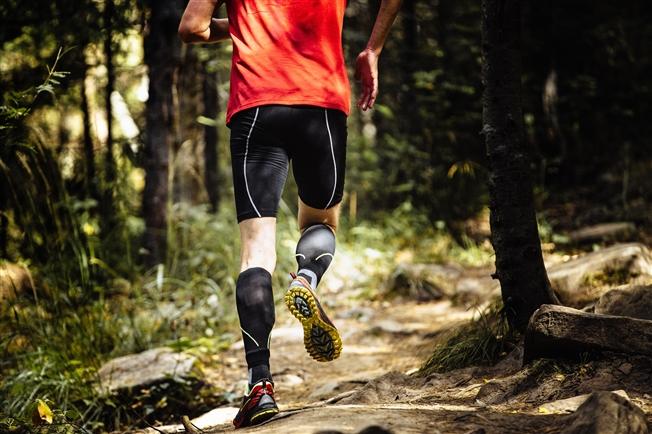Do compression garments improve athletic performance?

If you’re a sports fan (and even if you’re not) you’ve probably seen professional, college and even high school athletes with extra pieces of fabric stretched across their biceps and calves.
Called compression garments, these pieces of athletic gear are worn to improve circulation and enhance blood flow to the muscles during exercise. Some athletes suggest that a compression garment not only improves circulation—it also improves performance.
Research on the topic suggests otherwise, explains Christopher Kester, DO, an orthopaedic surgeon at Main Line Health Orthopaedics and Spine at Lankenau Medical Center, part of Main Line Health.
“When you’re exercising, your blood is already circulating to the muscles because you are physically active, you’re moving. Research suggests that compression garments do not greatly improve circulation or performance during a workout,” he explains.
It does, however, have a role in recovery.
“Wearing a compression garment is more effective after your workout,” Dr. Kester says. “Compression garments encourage circulation when you’re at rest, which can reduce inflammation, muscle pain and soreness, and reduce pain and swelling.”
A caveat to this advice that many people overlook is how long compression garments should be worn. In order for these garments to be effective, they need to be worn for an extended period of time, sometimes up to 24 hours. For this reason, it’s best to look for compression garments that are moisture-wicking to help prevent dampness and skin irritation after use.
If this sounds familiar, it’s likely because it is. Although compression garments are common among professional and high-performing athletes, they also have a number of medical uses. Many people are advised to wear compression stockings as a way to manage post-surgical pain and swelling or medical conditions like lymphedema.
While compression sleeves can be effective for recovery, they don’t need to be a part of everyone’s workout routine. “Generally, compression garments are most appropriate for people who have just finished a very strenuous workout,” says Dr. Kester.
Distance runners or endurance or competitive athletes are a good example of this. Even if your daily gym routine was a little longer or more intense than usual, chances are using a compression garment won’t greatly improve recovery if you are regularly active.
If you find that your workouts are frequently sidelined by pain, talk to your health care provider. They can refer you to an orthopaedic specialist for consultation, if necessary.
Main Line Health serves patients at hospitals and health centers throughout the western suburbs of Philadelphia. To schedule an appointment with a specialist at Main Line Health, call 1.866.CALL.MLH (225.5654).
 Content you want, delivered to your inbox
Content you want, delivered to your inbox
Want to get the latest health and wellness articles delivered right to your inbox?
Subscribe to the Well Ahead Newsletter.
